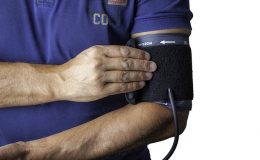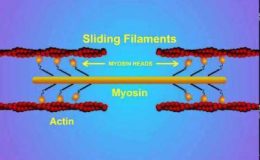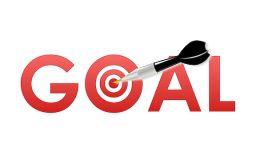The Core Quandary in Back Pain
Since the 1990s fitness professionals have touted training the poorly defined core to be the solution to a variety of problems. A common belief includes that a strong core stabilizes the spine and thus prevents lower back pain. However, there is scant scientific research to support this idea.
Most people including some personal trainers, have no idea what the core is and what the core does. Yet they prescribe exercise for it, regardless, because core training is a major trend. The core in actuality is the body minus the limbs and head. Muscles include the pelvic floor muscles, transverse abdominis, multifidus, internal and external obliques, rectus abdominis, and erector spinae. These muscles assist in lifting, giving birth, providing balance, and they work as an axis on which the limbs can move around. As you can see the core is important, and performs a variety of functions.
The problem with core training is people use it in the wrong situations. A common assumption is weakness in the transverse abdominals (known as the abs) or muscle imbalance between the strength of the lumbar spine lumbar spine muscles (erector spinae) and the abdominals leads to lower back pain. Therefore, people try to strengthen their abs to help with their low back pain. This is simply not true. Exerting excessive loads on the back, performing repetitive movements, and injuries, cause low back pain. Also it can be caused neurologically by timing differences in the recruitment of low back muscles compared to other muscles in the spine and trunk and not strength of the respective muscles.
There is also a psychological component of lower back pain. One’s stress levels and emotional state can make a difference in the severity of the pain and the duration of lower back pain. The predominant theory is emotional tension is pushed out of awareness by the mind into the unconscious. This unconscious tension causes changes in the body’s nervous system. These changes include constriction in blood vessels and reduction of blood flow to the various soft tissues, including muscles, tendons, ligaments, and nerves in the back. This causes a decrease in oxygen to the area as well as a buildup of biochemical waste products in the muscles.
There are several ways to improve your back pain without lying on Swiss balls or doing planks. Biomechanics and posture are very important. Swinging your arms while walking may reduce back pain and standing more often lessens back pain. Doing any form of safe aerobic exercise, walking or swimming, has been shown to lessen back pain. Also strengthening the lower back may prevent future injury and reduce current pain levels.
The back can be strengthened using appropriate equipment such as the row, the pull down the pullover and the low back machine. A strong back is the key to preventing and treating lower back pain. Treating stress related back pain can be treated through techniques like stress management, relaxation techniques, massage therapy, and counseling.
For more information check out the following resources;
http://www.clevelandclinic.org/health/health-info/docs/1800/1826.asp?index=8040
http://www.spine-health.com/conditions/depression/stress-related-back-pain
http://www.anatomytrains.com/uploads/rich_media/Lederman.pdf
Request a complimentary first session at Vertex Fitness, Voted the BEST Personal Training Studio on the Main Line
Click HERE and we will schedule a session to try it yourself
.







Pete
June 18, 2016 5:39 pmGreat info!